Developer tools are an important part of any AI/ML or Python developer's toolkit. These tools can aid in the development process by streamlining it, improving code quality, and making debugging simpler.
As an AI/ML developer, I use a broad range of developer tools, from data collection and cleaning utilities to machine learning libraries and deployment utilities.
1) Jupyter Notebook
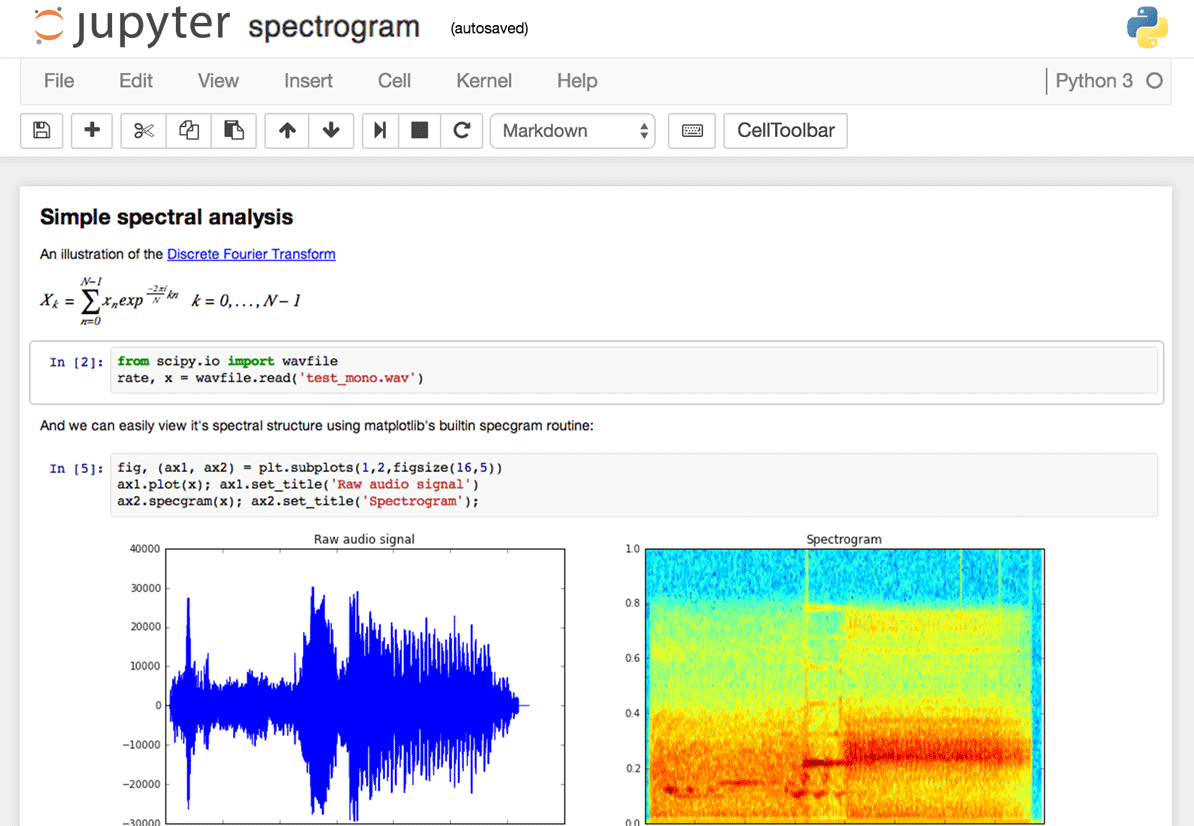
For developers working on AI and ML, Jupyter Notebook is a must-have utility. Developers can make and share interactive documents with live code, equations, visualizations, and narrative prose using this open-source web application.
I'll go over a few advantages of using Jupyter Notebook as a developer tool for AI/ML development:
i) Simple experimentation and prototyping: Jupyter Notebook offers an adaptable and interactive setting for developing and testing AI/ML models. Without having to continuously switch between various tools, it enables developers to quickly iterate over code, test hypotheses, and visualize data.
ii) Integration with popular libraries: Jupyter Notebook integrates with popular AI/ML libraries like TensorFlow, PyTorch, and Scikit-learn. This makes it easy for developers to use these libraries in their projects without the need to switch between different tools.
iii) Collaborative development: Jupyter Notebook makes it easy for developers to collaborate on AI/ML projects. Developers can share notebooks, discuss ideas, and work on code together in real time. This feature is especially useful for remote teams.
2) Tools for Data Collection and Cleaning

Data collection and cleaning are critical steps in the AI development process. They involve gathering, preprocessing, and transforming raw data into a suitable format for analysis and modeling. The quality of data used for training and testing models can significantly impact their accuracy and performance. Therefore, AI developers need to ensure that data collection and cleaning processes are carefully planned, executed, and validated to achieve optimal results.
i) Pandas and NumPy: Pandas and NumPy are two popular Python libraries for data manipulation and cleaning. Pandas provides powerful tools for data analysis, data cleaning, and data visualization. NumPy is used for mathematical operations on large multi-dimensional arrays and matrices. Together, these libraries offer a comprehensive set of tools for processing and analyzing data, making them essential tools for AI/ML developers.
ii) OpenCV: OpenCV is a famous open-source image and video processing library that offers a variety of functions and algorithms for various computer vision tasks. Advanced image processing functions such as filtering, edge detection, and feature identification are included, as are machine learning algorithms for object detection and recognition. OpenCV is widely used in the creation of computer vision and artificial intelligence (AI) applications such as robotics, surveillance systems, and self-driving vehicles.
3) Machine Learning Libraries
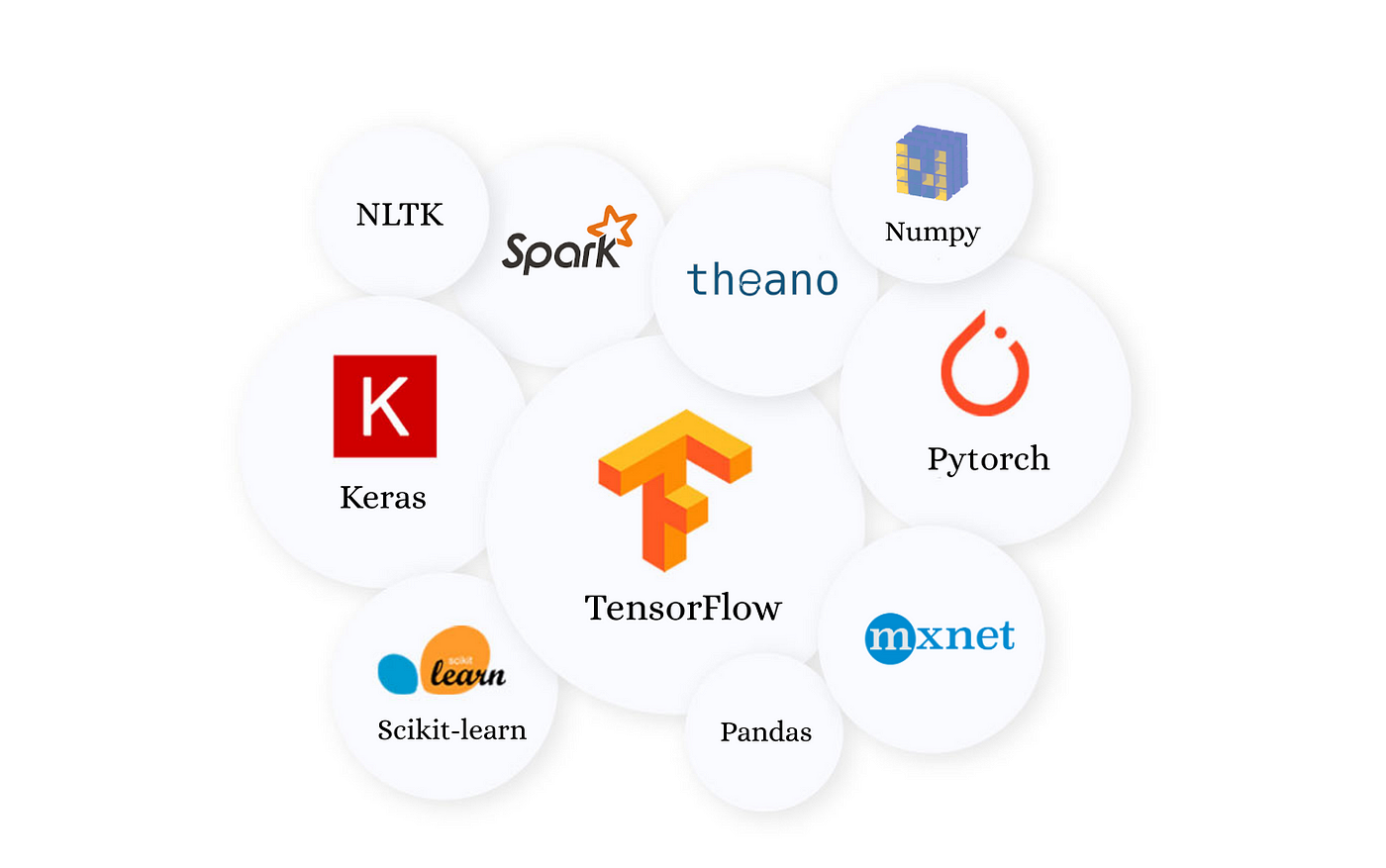
Machine learning libraries provide pre-built algorithms and functions that can be used to build complex models.
i) Scikit-Learn: Scikit-learn is a well-known open-source Python library for classical machine learning techniques. It includes data preprocessing, model selection, model assessment, and visualization tools. Scikit-learn contains several supervised and unsupervised learning algorithms, including linear regression, logistic regression, decision trees, random forests, support vector machines, clustering methods, and others. Scikit-learn is well-known for its ease of use, performance, and scalability in the creation of machine learning applications. It is a must-have instrument for any data scientist or machine-learning practitioner looking to create robust and accurate machine-learning models.
ii) TensorFlow and PyTorch: TensorFlow and PyTorch are two of the most popular open-source libraries for deep learning in Python. They provide a range of tools and functionalities for building and training deep neural networks, including convolutional neural networks, recurrent neural networks, and transformers. These libraries allow developers to build complex deep learning models quickly and efficiently, using high-level APIs that simplify the development process. TensorFlow and PyTorch also provide low-level APIs that allow developers to customize their models and optimize their performance. Both libraries are widely used in the development of deep learning applications, including computer vision, natural language processing, and speech recognition. Overall, TensorFlow and PyTorch are powerful and versatile developer tools for building and training deep learning models.
iii) Keras: Keras is a famous open-source Python library for creating and training neural networks. It provides a simple interface for creating and customizing deep learning models, enabling developers to concentrate on high-level ideas rather than low-level implementation details. Keras is a TensorFlow-based framework that offers a set of pre-built layers and models that can be easily integrated into projects. It is widely used in the development of deep learning applications, especially in the healthcare, finance, and transportation industries.
4) Matplotlib for Data Visualization
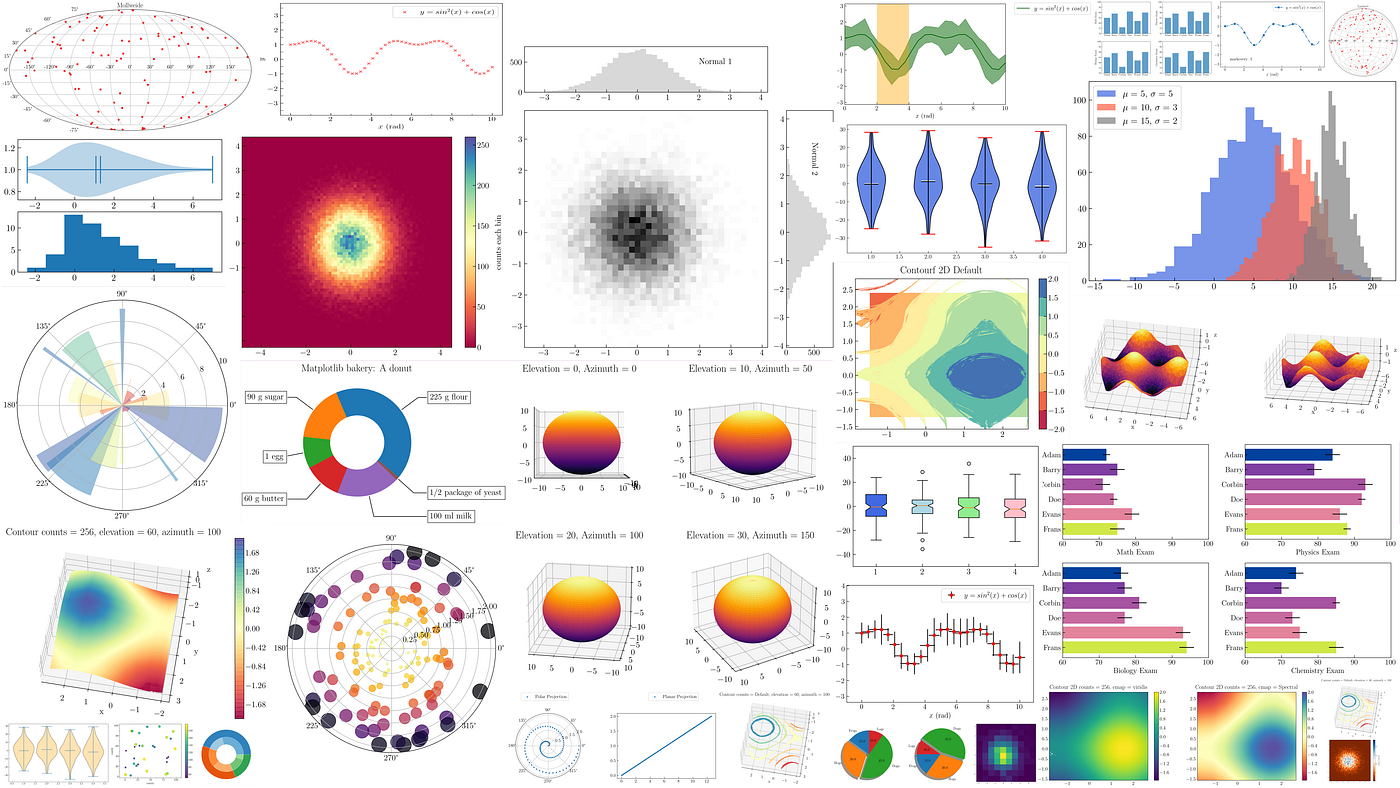
Matplotlib is a popular open-source library for data visualization in Python. It provides a range of tools and functions for creating high-quality plots, charts, and graphs, allowing developers to visualize complex data clearly and concisely. Matplotlib includes a variety of plot types, including line plots, scatter plots, bar charts, histograms, and more. It also provides a range of customization options, allowing developers to fine-tune their visualizations to meet their specific needs. Matplotlib is widely used in the scientific community, but it is also popular among data scientists, machine learning practitioners, and developers who need to communicate their results visually. Overall, Matplotlib is an essential tool for any developer who needs to create visualizations of their data.
5) Model Deployment
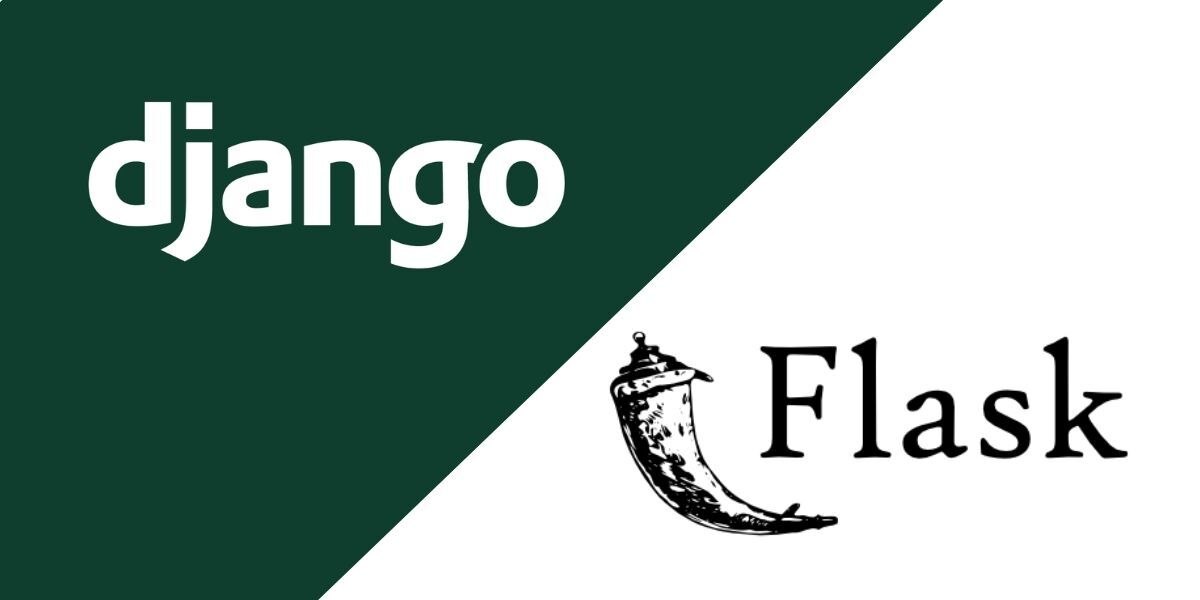
i) Flask and Django: Flask and Django are two of the most popular web frameworks for building web applications in Python. Both frameworks are often used to deploy machine learning models as web applications.
Flask is a lightweight and flexible web framework that is easy to use and provides a lot of customization options. It is well-suited for small to medium-sized projects and is often used for building RESTful APIs that serve machine learning models. Flask's simplicity and ease of use make it a popular choice among developers who want to get up and running quickly.
Django is a more comprehensive web framework that is designed to handle large and complex web applications. It includes a range of tools and functions for handling databases, user authentication, and web security, among other things. Django is often used for building web applications that integrate machine learning models into their core functionality. Its robustness and scalability make it a popular choice among developers who are building large-scale applications.
ii) Docker and Kubernetes:
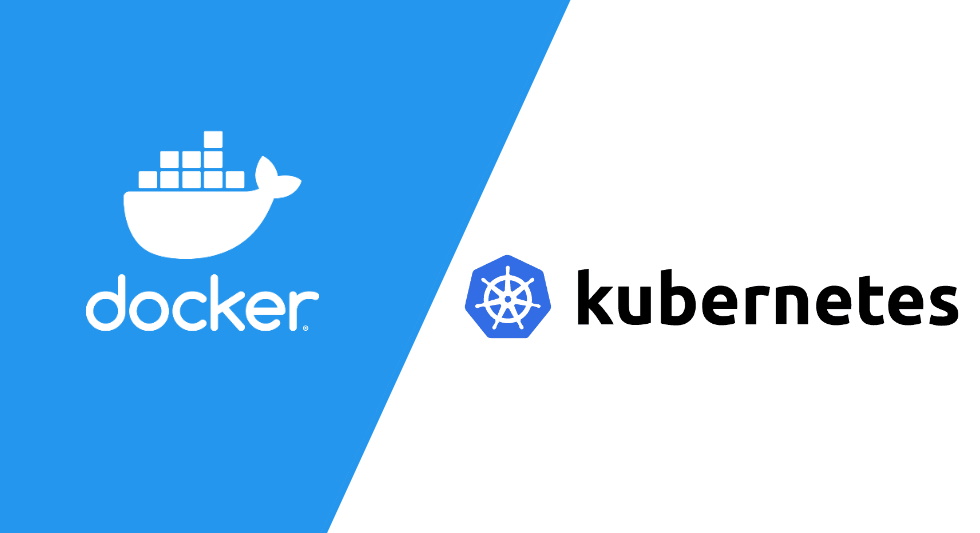
Docker and Kubernetes are two of the most popular tools for containerization and orchestration in AI/ML development.
Docker is an open-source containerization platform that allows developers to create, package, and distribute their applications as lightweight, portable containers. Containers are self-contained and include everything an application needs to run, including the code, libraries, and system dependencies. Docker allows developers to easily deploy their applications across different environments, from local development machines to production servers.
Kubernetes is an open-source container orchestration platform that allows developers to manage and scale their containerized applications. Kubernetes automates the deployment, scaling, and management of containers, allowing developers to focus on writing code rather than managing infrastructure. Kubernetes provides a range of features, including automatic load balancing, self-healing, and horizontal scaling, making it an ideal platform for deploying AI/ML applications that require high availability, scalability, and performance.
Overall, using the right dev tools can significantly improve the efficiency and effectiveness of AI/ML development. However, it's essential to choose tools that fit your project's specific requirements and goals.
